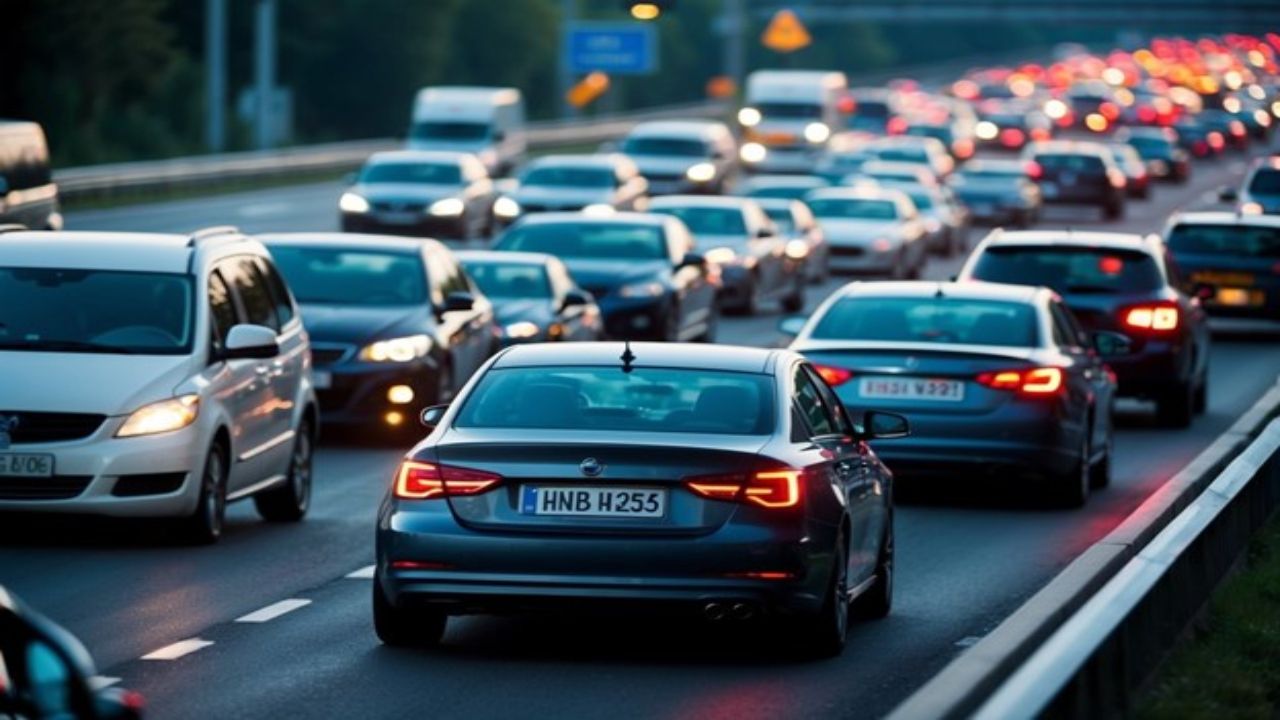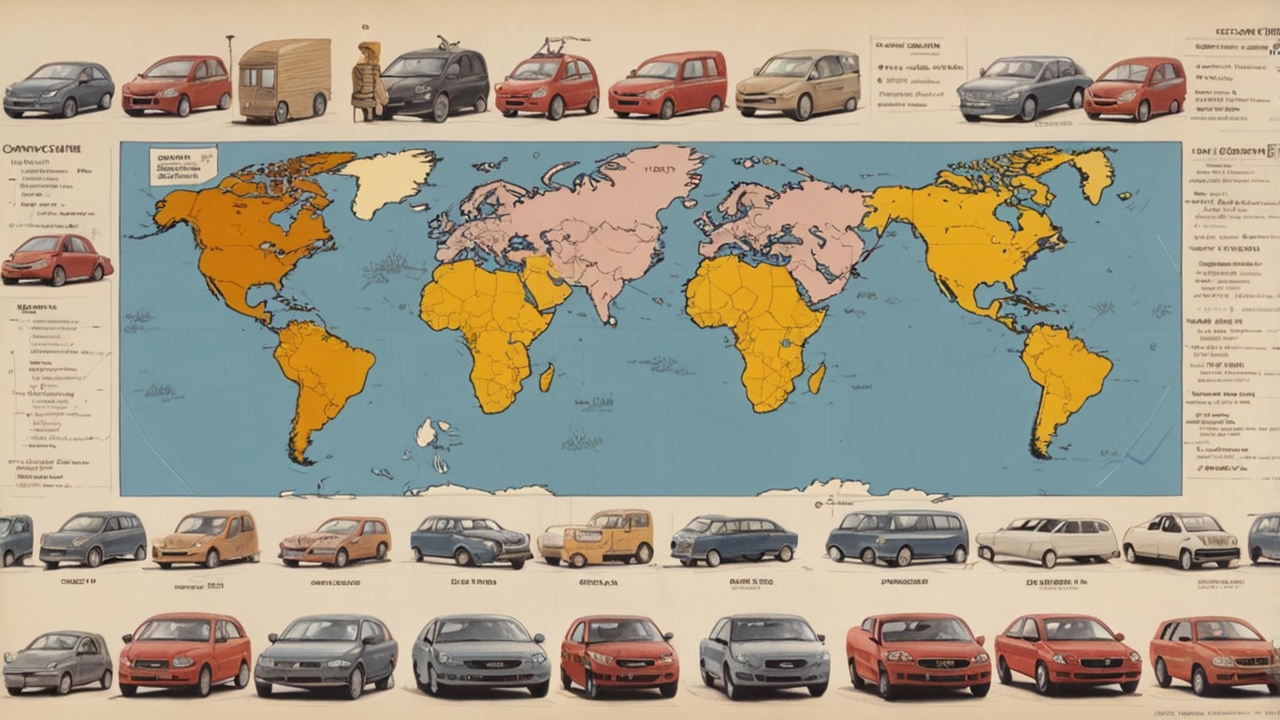Driving Without a License: A Global Safety Risk
Bukemersanacokyakisir – Driving without a license poses a serious risk to public safety across the world. Every country requires drivers to pass training and tests to ensure they can operate vehicles safely. However, many people still take to the road illegally, creating dangerous conditions for others. This issue raises urgent concerns about personal responsibility, traffic safety, and the effectiveness of law enforcement in addressing the problem.
“Read more: Underrated Cities in Europe Worth Exploring“
Legal and Safety Consequences for Unlicensed Drivers
Unlicensed drivers face serious consequences. Authorities issue heavy fines, seize vehicles, and may even impose jail time. More importantly, statistics show that unlicensed drivers cause more accidents. Their lack of proper training makes them unpredictable and unsafe. These dangers extend beyond the driver, affecting passengers, pedestrians, and other motorists. Clearly, licensing plays a vital role in protecting everyone on the road.
Why People Still Drive Without a License
Several factors contribute to this reckless behavior. Some individuals avoid getting a license due to financial constraints, limited access to driving schools, or bureaucratic red tape. In other cases, drivers with suspended licenses or undocumented immigrants choose to drive out of necessity. Young people, especially teenagers, sometimes drive without permission, unaware of the risks. Understanding these motives helps in crafting better policies and preventive measures.
Regions Most Affected by the Problem
Unlicensed driving remains a widespread issue in many parts of the world. In the U.S., police stop thousands of unlicensed drivers each year. In developing countries across Asia and Africa, weak enforcement and corruption worsen the problem. Even in Europe, where enforcement is generally stricter, authorities still report frequent violations. These patterns show the need for global cooperation to improve licensing and enforcement systems.
What Governments Can Do to Prevent It
Policymakers can take meaningful steps to reduce illegal driving. Making driving tests more accessible, reducing costs, and offering community-based education can help people get licensed properly. Governments should also increase traffic monitoring through surveillance and digital tools to catch offenders. Instead of only punishing, efforts should aim to support people in becoming legal, safe drivers. Education and awareness campaigns can shift public attitudes in the right direction.
Time to Prioritize Road Safety
Driving is a responsibility that affects everyone—not just the person behind the wheel. Tackling the issue of unlicensed driving requires a mix of enforcement, education, and access. Everyone benefits when roads become safer and more drivers follow the rules. Through strong community efforts and better regulations, we can make progress toward a world where all drivers operate legally and responsibly.



